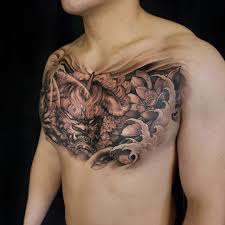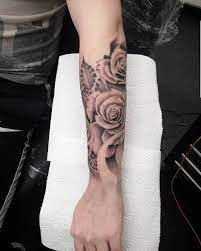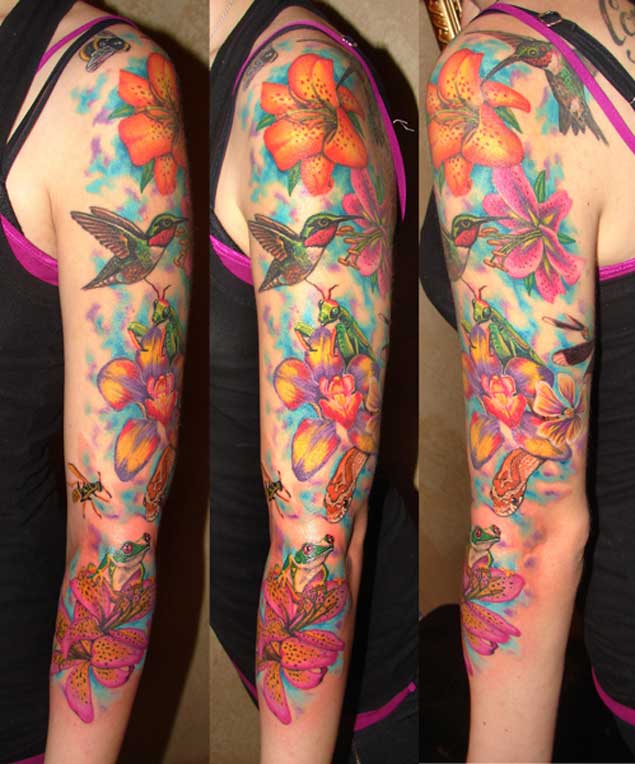
Burning Pain:
Tattoos can be excruciating forms of body art. Your experience of pain depends on a range of factors, such as skin sensitivity and tolerance levels, location, and skill level of the artist performing the procedure. Your tattoo should typically ache for about one to two weeks as your body mobilizes its healing resources to treat its wound.
Sensitive Areas:
Head, face, and ear skin are delicate, with thousands of nerve endings running throughout. This makes getting tattooed here one of the most painful processes imaginable, placing it near the top of our pain chart. Sensitive areas can also be more challenging to heal due to increased inflammation, making it harder for your body to find healing mechanisms. Other sensitive areas beyond the head and face include the armpits, rib cages, and breasts.
Longer Needle Time:
Tattooing is often painful and requires patience, commitment, and confidence in yourself. Longer and more intricate tattoos may experience more discomfort than their simpler counterparts. While painkillers are available, we suggest the old-fashioned approach: good sleep, relaxation techniques, and plenty of water as the ultimate ways to manage pain. If your budget permits, we also highly advise getting a massage before getting your tattoo. Not only can this speed up recovery time and boost confidence levels when showing off your new body art, but it will also help speed up healing.
Women’s Pain Tolerance:
Studies conducted in laboratories reveal that both genders exhibit similar levels of pain tolerance, though the reasons why are unclear. Biological factors, like hormones, could affect how we perceive pain; however, other influences, like attitudes and social beliefs, also impact this experience.
Areas With Little Fat:
Tattooing an area with less fat or muscle tissue between your skin and bone may increase pain considerably more than in areas with additional padding. When needles strike bones, they can produce vibrations that signal nerve pain. Ribs, underbust, and sternum tattooing is among the most painful experiences due to the loose and stretchy skin that covers these areas. Ribs rise and fall with each breath, constantly expanding and contracting the skin, creating more tension!
Areas With More Nerve Endings:
tattoos can be unbearably painful. While everyone has different pain thresholds, certain areas often cause more discomfort than others. These include areas with fewer nerve endings and thinner skin. Chest, nipples, breasts, elbows, and kneecaps may require special consideration because of their proximity to bones that lie directly beneath.

